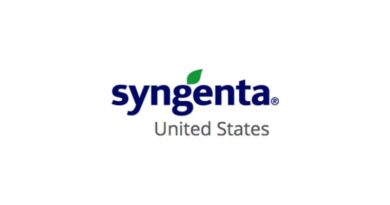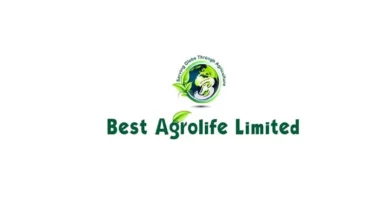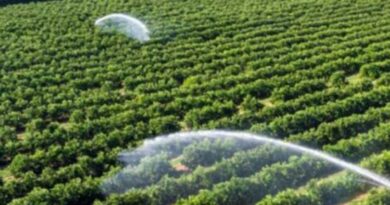Top Tips For Early Post Emergence Herbicide Sprays
13 May 2022, AU: Post-emergence herbicides are products used to control weeds and other non-desirable vegetation that have grown above ground. There are two types of herbicides that have different effects on the weeds and crop a-like – selective vs. non-selective.
Selective post emergence herbicides are engineered to target the specific weeds they are labeled for. This is helpful in case you over-spray and get the herbicide on plants you do not want to knockdown. FBN®’s Amine 625 is an excellent selective herbicide choice right now. Non-selective post-emergence herbicides will broadly target any plant material it comes into contact with, with knockdown effects on plants that do not carry a tolerance to the herbicide itself. These herbicides, when used at the labeled rates, can control weeds in as little as one application when applications are timed appropriately. MCPA 570 is an effective non-selective post-emergence herbicide you may wish to consider right now. To help you make an informed decision on your post emergence weed control, take a look at a few tips that may help aid your decision making.
1. Choose your herbicide wisely
To evaluate the best post emergence herbicide options, it is useful to know the resistance status of weeds on an individual property. Commercial resistance testing can confirm the effectiveness (or lack of) of herbicides and establish a baseline of herbicide sensitivity to take the ‘guess work’ out of decision-making. This can be carried out with seed testing at the start of the season or after harvest.
2. Apply at the right time
Contact post emergence herbicides should be applied when weeds are actively growing, but have not exceeded the height indicated on the label. Contact herbicides are absorbed through the leaves of the plant, so application should be made to a dry leaf, with no wet weather forecast for at least two hours – refer to label for recommendations on rainfastness.
3. Avoid Tank mixing problems
Often post emergent applications contain multiple active ingredients. Follow label instructions to ensure your mix is compatible, if you are unsure consult a local agronomist or conduct a jar test. Mixing products in the proper order, adding product to the solution slowly, using the right volume of water and always ensuring agitation occurs before and during spray applications will reduce your likelihood of tank mix problems.
4. Add a surfactant
Some liquid post-emergence herbicides will require the use of a surfactant. Surfactants are chemicals that when mixed with your herbicide will help the herbicide stick better to the plant, increasing the rate of absorption. FBN’s Trio Wetta 1000 or Trio Chargeup Spray Oil are both available as mixing partners for your in crop herbicide applications (check label requirements).














